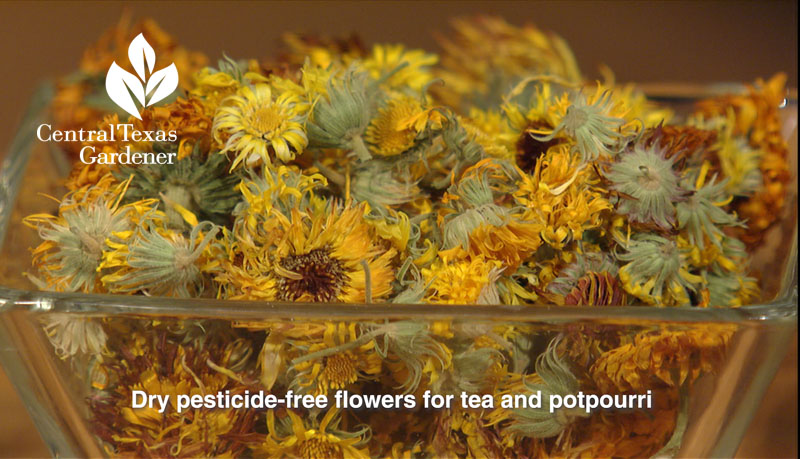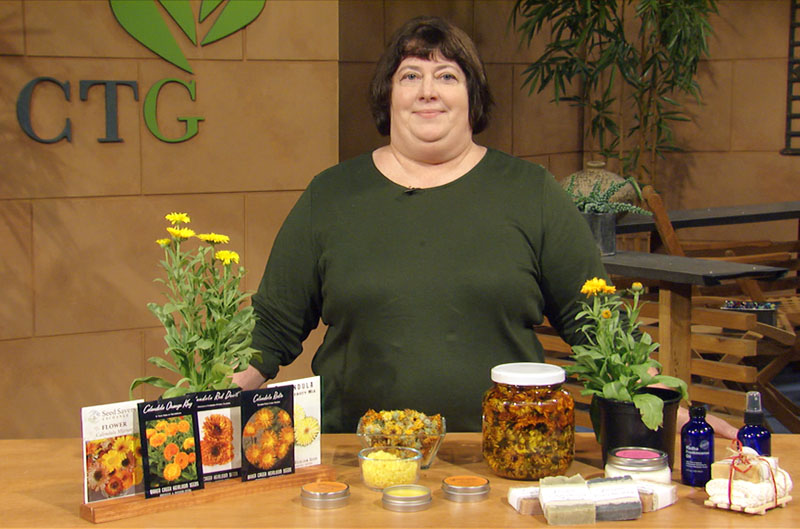Can we change our soil pH from alkaline to more acidic?
What is alkaline soil vs. acidic soil and how does it matter to what we grow? AND, can we really alter our pH enough to make a difference?
The bottom line when it comes to soil is, like my grandmother used to say, “Dance with the one who brung ya.” Or, “love the one you’re with,” or any number of other adages.
Yes, there are ways to change the pH of your soil, but those methods don’t last, creating a constant battle of the wills that not only you will not win, but you’ll also waste a lot of time, money and effort along the way.
Our soil in Central Texas is on the alkaline side, and lowering the pH of alkaline soil is more challenging than raising the pH of acidic soil. Gardeners in the eastern half of the U.S., who have acidic soil, often use lime to increase the pH, but we don’t have a similar tool for easily lowering the pH.
Although amending with sulfur can acidify soil, the effects are very short-lived, and so, aren’t the best use of time or resources. If you have acid-loving plants such as hydrangeas, it would be best to keep them in a container, where you can manage and alter the soil and its pH more easily.
The fact that our soil is alkaline here in Central Texas is why we can’t successfully grow many of the plants that we might like to, like camellias, many types of pine trees, and even blueberries.
So the best answer to soil pH is to plant species that can grow in our native soil without any problems. Plants that are native to our region, of course, would be most appropriate, but also, plants that are adaptable to our soil type. There are certain plant nutrients, such as iron, that are much less available at higher pH, and many plants struggle with those lower levels of elements that are essential to their growth and development. Other species, those that have evolved in a certain region along with the soil, are much better at coping.

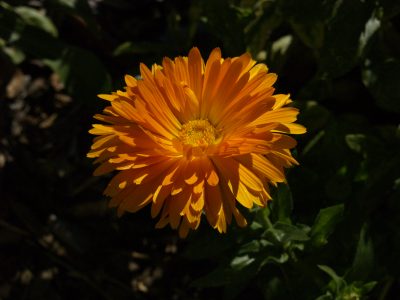
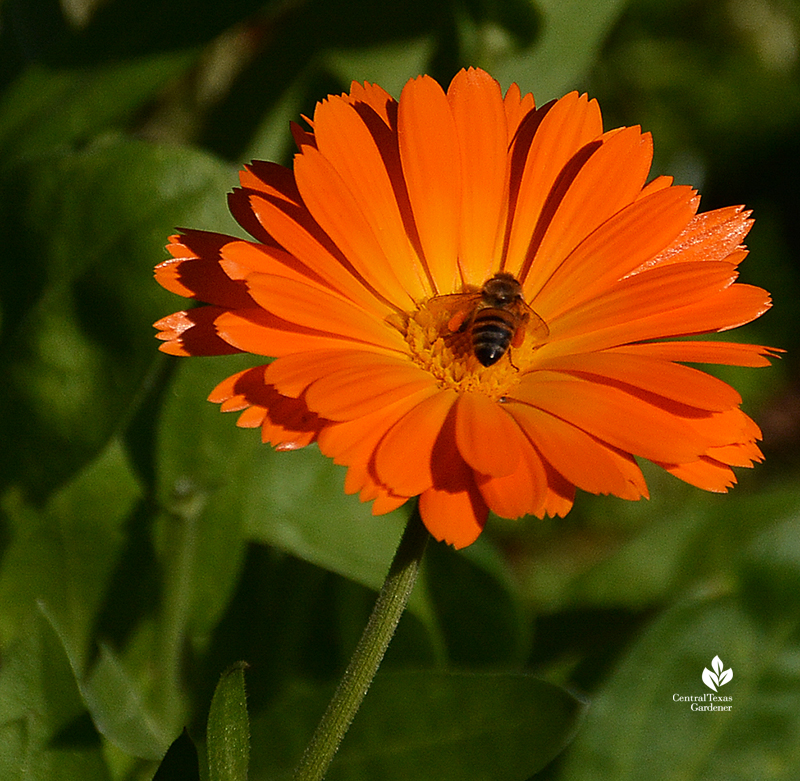 Plant calendula in full sun in well-drained soil, and don't overwater. It easily spreads from seed, so be sure to deadhead if you want to contain it to one spot. Those dried seed heads can be saved until next winter, when you can easily sow them in the garden.
Plant calendula in full sun in well-drained soil, and don't overwater. It easily spreads from seed, so be sure to deadhead if you want to contain it to one spot. Those dried seed heads can be saved until next winter, when you can easily sow them in the garden.
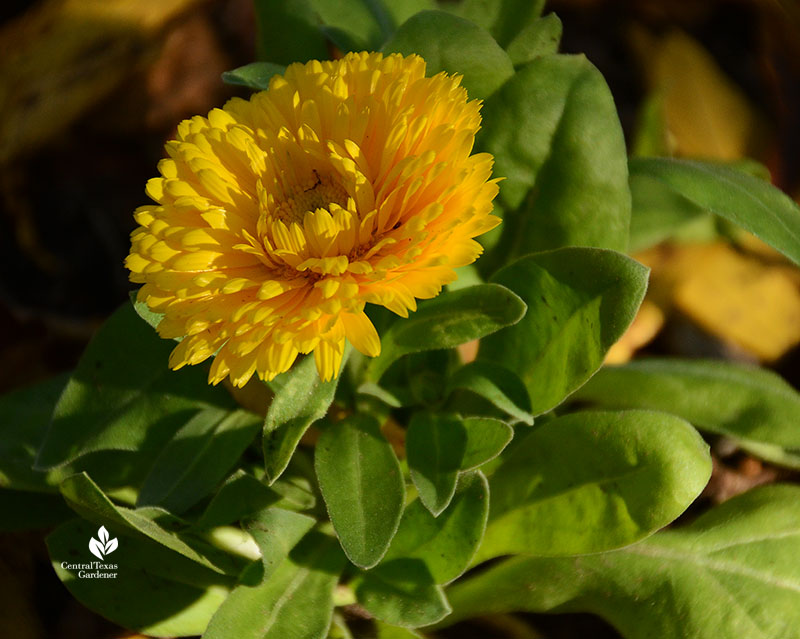 A small plant, getting only about 18 inches tall and less than a foot wide, calendula makes a lovely addition to beds along borders and walkways, where its cheery disposition may be best enjoyed.
Harvest the petals to add to salads, make soothing teas, and dry for potpourri.
A small plant, getting only about 18 inches tall and less than a foot wide, calendula makes a lovely addition to beds along borders and walkways, where its cheery disposition may be best enjoyed.
Harvest the petals to add to salads, make soothing teas, and dry for potpourri.
